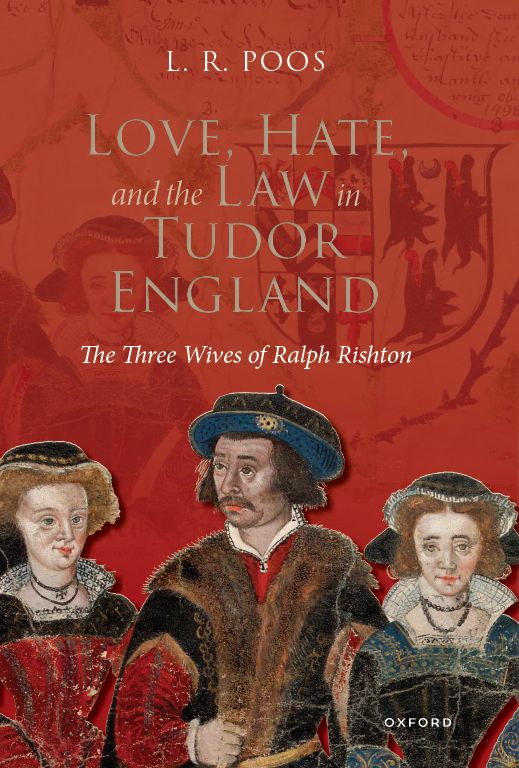
New Book is a Case Study of Contested Marriages, Disputed Property, and Violence in the Sixteenth Century
Oxford University Press has released Love, Hate, and the Law in Tudor England: The Three Wives of Ralph Rishton, by Dr. L.R. Poos, Ordinary Professor in Catholic University’s Department of History. The book is a case study of two generations of a minor gentry family in Lancashire (in northwestern England), who would have remained otherwise quite obscure except for the remarkable trail they left through the records of more than a dozen different courts.
At its core is a compelling narrative of Ralph Rishton (d. 1573): married three times (first at the age of nine) and engaged in shady dealings with his own and other people’s land, he adroitly manipulated law to his benefit. On his deathbed, litigation was still underway to determine which (if any) of his marriages was lawful, and lawsuits continued over his property for more than a decade after he died. The larger purpose of the study is to illustrate the relationship between people and law, or how men and women of a certain type, time, and place navigated through the multiple court and legal systems that England possessed in this period, an exemplar of what theorists call “legal pluralism”.
Dr. Poos says “One reason this research project was so engrossing for me was that the paper trail through many archives, which documents dozens of lawsuits by this one family, survives only through sheer happenstance, making the Rishton case study almost unparalled in its ability to depict people’s multiple ways of engaging with law. The sheer mass of documentation made it possible to sketch vividly some crucial aspects of that engagement: the role of memory and law-consciousness in deponent testimony and how that can be woven into a vivid picture of a very particular local culture, for instance, or matrimonial dynamics in a society where child marriage was still commonplace for people with property but often ended in bitter litigation, or what I call the ‘lawyer-rich environment’ of even a remote part of the country during Elizabethan times. The book meshes with recent historiography at the intersection of legal history and social history, as well as the long-standing English tradition of the local case study as a means of analyzing more broadly ranging subjects.”
